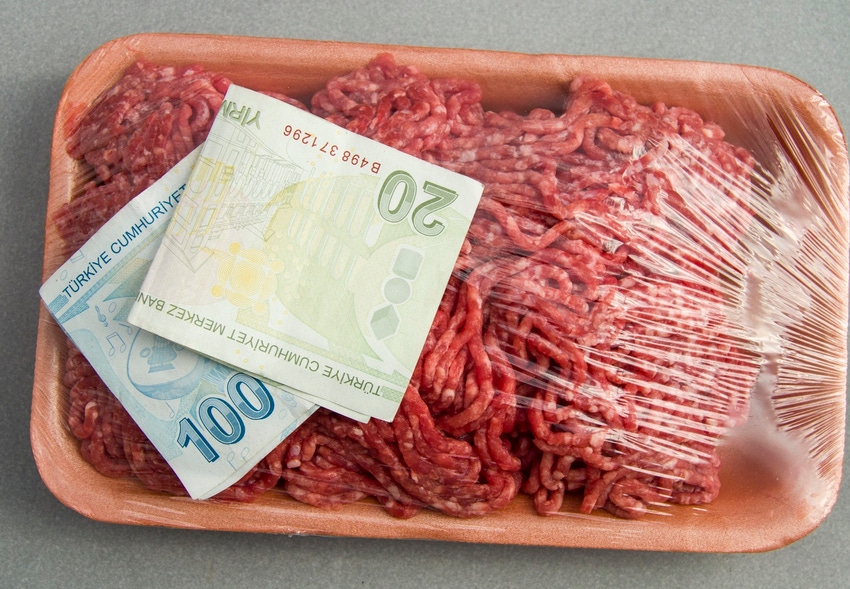May 1, 2017

Beef imports are often viewed as partially offsetting beef exports, thereby reducing the net value of beef trade, but one industry analyst says both exports and imports add value to the US beef industry.
This two-way beef trade helps sort out the complex set of beef products in domestic and international markets and maximize the value to US producers, says Derrell Peel, Oklahoma State University Extension livestock marketing specialist.
Here are some of the facts and reasoning behind Peel's viewpoint:
The US is the fourth-largest beef exporting country and the largest beef importing country. The US is often a net importer of beef, with the quantity of beef imports exceeding beef exports. Occasionally, beef exports exceed the quantity of beef imports. Most often however, the value of beef exports exceeds imports.
But Peel says there are nuances to this balancing act we should understand.
First, beef exports add value by increasing the quantity of total beef sales, allowing the US to sell more beef to more places.
Second, beef exports add value by selling beef at higher prices. In some cases this is because high-valued products in the US have even more value in global markets. Often, however, it is because products that have a relatively low value in the US have a higher value in some global market. One long-standing example of the latter is beef offals such as liver and kidney.
Peel adds there is a "vast array" of beef products flowing from the US industry which sell in trade channels and at home in varying volumes.
Third, Peel says beef exports add value by optimizing this diverse set of beef products in the domestic market.
"Beef demand is often characterized with pork and poultry as the primary substitutes for beef," Peel says. "In reality, the biggest substitute for any particular beef product is usually another beef product. As beef is perishable, the entire set of beef products will be consumed on average each year, including products less preferred in the US market."
He explains lower-valued products will be priced to ensure consumption, even at the expense of stronger underlying demand for higher-valued products.
"Anyone who has ever put a side of beef in the freezer knows that the steaks are gone long before other parts of the carcass are consumed…but those other products must be cleaned out before more steaks are added to the freezer," he says. "The same is true in total in the bigger domestic market."
Export markets provide a way to ship out some of those cuts of lesser value, helping focus domestic demand on higher value.
"Every pound of lower-valued beef product exported is one less pound that competes with increased total demand -- and value -- for beef in the domestic market," Peel says.
"This role of beef exports to improve the domestic product mix and optimize beef demand is often overlooked, but is arguably the most important component of total beef export value."
Peel also says beef imports are heavily driven by the enormous market for ground beef in the US. Some 72% of beef imports are lean trimmings used primarily in ground beef and ground beef products. In 2016, ground beef consumption was estimated at 25 pounds per capita, making up 45% of total US retail beef consumption. Lean imported beef supplements domestic supplies of lean trimmings which are mixed with the fatty trimmings from fed cattle meet ground beef demand at home.
Peel explains without imported beef trimmings, a combination of alternate circumstances would impact the US beef industry.
1) Less ground beef would be produced, reducing the value of the nearly 150 pounds of fed trim from each carcass.
2) Roughly 10-15% of steers and heifers would need to be raised and slaughtered as non-fed beef for lean and would be valued roughly the same as cow carcasses.
3) Additional lean from fed carcasses could be ground rather than being used for whatever higher value it sometimes has.
Ultimately, imported beef compliments domestic production to improve product utilization in the domestic market and increase the total value of production, Peel says.
Source: Oklahoma State University
You May Also Like




